1. Burning Hair to Chase Away Fever

Some families believed that burning a lock of a sick child’s hair would ward off fever and keep other illnesses from spreading through the household. Parents would carefully snip a small piece of hair, toss it into the fire, and watch the smoke rise as if the sickness itself was leaving with it. The smell was awful, but people swore it worked. This was often paired with prayers whispered into the flames.
The ritual felt like a desperate attempt to fight off something they couldn’t see or understand. In times when medical help wasn’t always nearby, parents were willing to try anything. Looking back, the idea of inhaling burnt hair smoke probably did more harm than good. Still, families clung to it as a way to feel in control of sickness when little else was available.
2. Sleeping with Garlic Under the Pillow
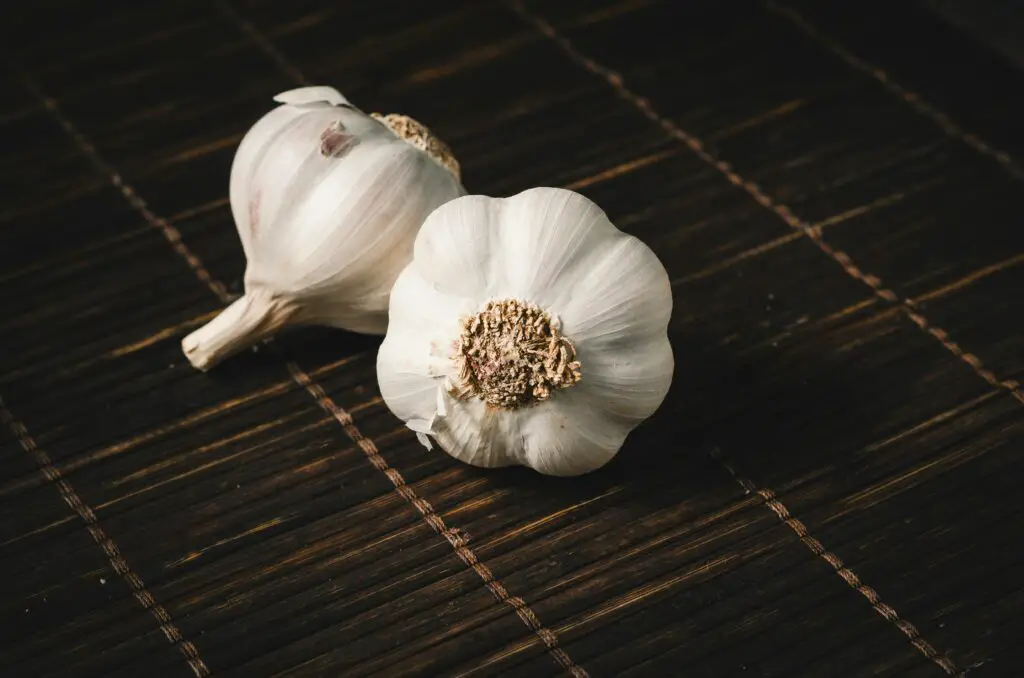
Garlic has been seen as a powerful protector in many cultures, and some families believed that putting a clove under a child’s pillow would keep colds and flu away. Parents would even sew it into little cloth bags to make sure it stayed close all night. They thought its pungent smell would repel harmful spirits that caused sickness.
Kids may not have appreciated their beds smelling like an Italian kitchen, but it gave families peace of mind. In a time before cough syrup and antibiotics, strong scents felt like a barrier against the unknown. Even though science doesn’t back this up, the ritual shows how people turned everyday items into shields of comfort.
3. Spitting Over the Shoulder

It might sound strange now, but spitting was once considered a way to trick or scare away illness. Families thought that sickness came from evil forces lurking nearby, and by spitting over your left shoulder, you distracted them and kept them from attacking. Parents often taught their kids to spit when they felt a chill or when someone nearby looked sick.
The ritual probably spread more germs than it prevented, but back then it felt like a kind of magic. It gave people something to do in the moment when they felt powerless against disease. While it may seem unhygienic, it’s a reminder of how symbolic actions gave people a sense of protection.
4. Drinking from a Shared “Health Cup”

In some homes, families would keep a special wooden or metal cup that everyone used when they felt sickness coming on. The belief was that drinking from the same vessel would transfer strength and protect everyone from illness. Sometimes wine, herbs, or plain water were poured in, and each person took a sip in turn.
The idea was that unity itself was a shield against disease, even though we now know sharing cups spreads germs. Families leaned on the comfort of ritual and the belief that closeness could keep them safe. To them, the act was as important as any medicine.
5. Tying Red String Around the Wrist
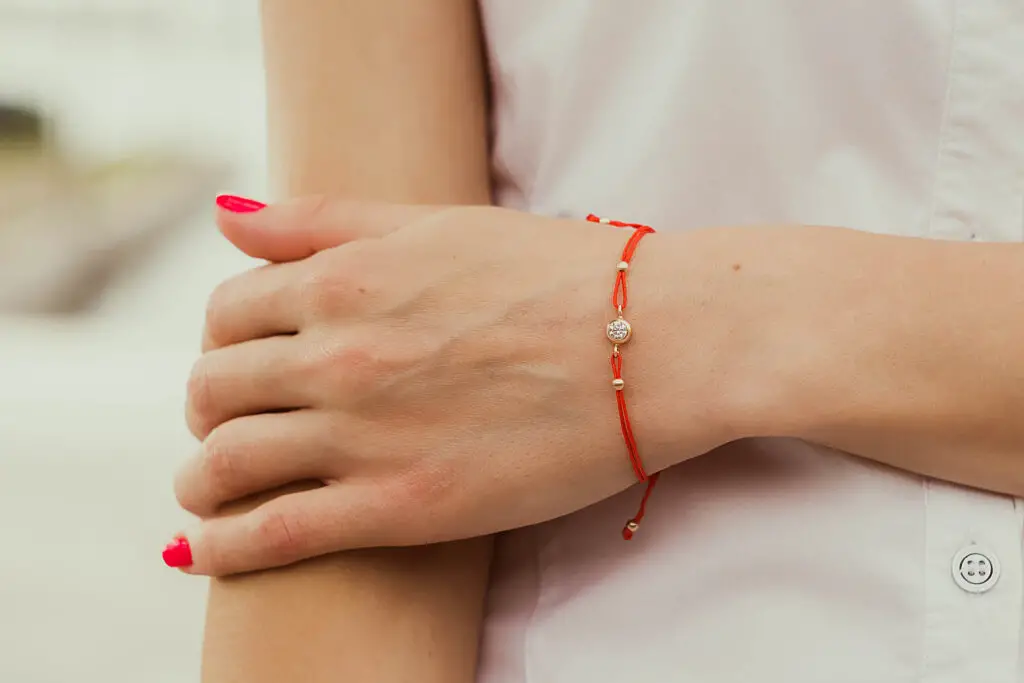
Red has long been associated with protection, and some families tied red string around the wrists of children to ward off sickness. The bright color was thought to frighten away illness and evil spirits. Parents often tied it tightly, with knots meant to “lock in” the child’s health.
The ritual was small but carried big meaning. It gave families a visible reminder that they were trying to protect their loved ones. Though it didn’t actually stop disease, it helped people feel proactive. That sense of comfort was sometimes just as powerful as a cure.
6. Whispering Charms Into Water

Many families believed that water could carry healing energy if you whispered the right words over it. Mothers or grandmothers would lean close, murmur protective phrases, and then give the water to sick children to drink. It turned an ordinary sip into a sacred act.
Sometimes the words were half-prayers and half-spells, passed down for generations. Even if no one fully understood their meaning, they carried the weight of tradition. Families trusted that the act of speaking love and hope into the water would make it strong enough to fight sickness.
7. Hanging Iron Objects Over Beds

Iron was believed to have protective powers, so some families hung keys, nails, or even knives above beds to keep illness away. The cold, heavy metal was thought to scare off spirits that brought fevers and weakness. Parents felt safer knowing something solid and strong hung between their children and invisible danger.
While the practice may sound unsettling today, it made sense to families who saw iron as a symbol of strength. The objects often doubled as tools of daily life, making the ritual easy to maintain. It was part superstition, part comfort, and a reflection of the way people used familiar items to fight fear.
8. Passing Babies Through Window Frames
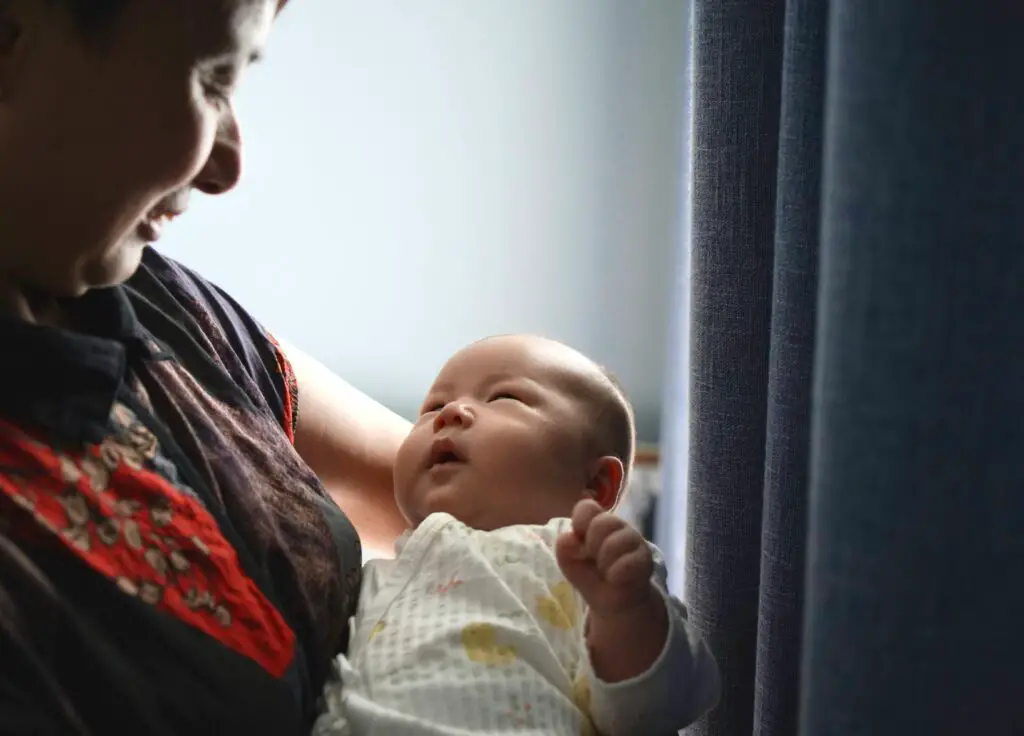
Some families believed that passing a baby through a window frame could prevent them from getting sick. The act symbolized a kind of rebirth, moving the child from one world into another free of illness. Parents often did this in a hush, as if not to disturb the spirits watching.
It must have looked eerie to outsiders, but to families it was a gesture of protection. The belief was that illness couldn’t follow if the child had symbolically “started fresh.” Even though it wasn’t grounded in medicine, the ritual was meant to give the child a safer beginning.
9. Washing Hands in Moonlight

Families once believed that washing hands or faces under the moon’s glow could cleanse away sickness. The silvery light was thought to carry healing energy, especially during a full moon. Parents would encourage children to rub their hands together and let the light soak in.
It was as much a bonding moment as a ritual. Standing outside at night, families felt connected to something bigger. Though it didn’t stop disease, it gave them a calming sense that nature itself was helping keep them safe.
10. Burying Eggs in the Yard
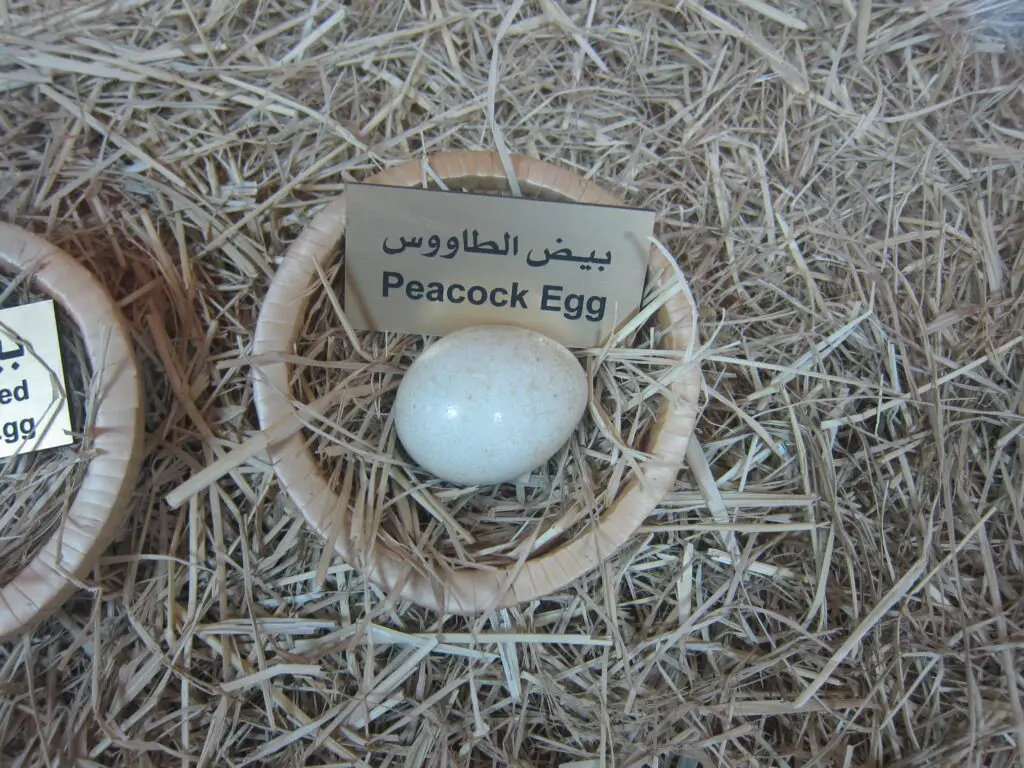
In some places, families buried raw eggs in the yard to trap sickness underground. They believed that as the egg decayed, it absorbed illness and kept it from spreading through the home. Parents sometimes buried multiple eggs for each member of the family.
It was a messy ritual, but it came from the idea that sickness could be “pulled” away and contained. The egg was seen as a vessel of life, and using it to hold illness made symbolic sense. Families might not have cured disease, but they created a ritual that gave them hope.
11. Brushing Skin with Twigs
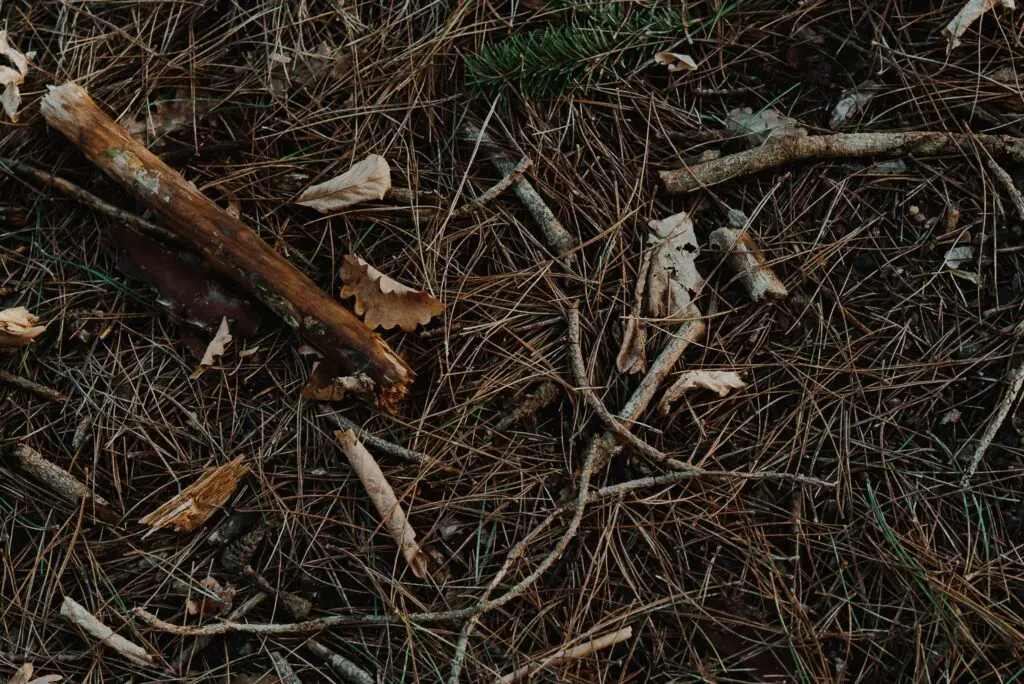
Another strange ritual involved brushing sick children with twigs or branches to “sweep away” illness. Families thought the rough bristles pulled sickness off the skin and carried it out of the body. Afterward, the twigs were often burned so the sickness couldn’t return.
It was a physical act that gave parents the feeling they were doing something tangible. The scratching probably felt uncomfortable, but to families it symbolized strength and care. Even if it didn’t heal, it reassured them that they were fighting for their loved ones.
12. Wearing Herbs in Pouches

Families often stitched small pouches of herbs to wear around the neck or waist. Sage, rosemary, and thyme were common choices, thought to repel disease with their strong scents. Children often carried these bundles under their clothes like hidden armor.
The herbs may have offered some antibacterial benefits, but more than anything they gave families a sense of defense. Carrying a pouch close to the body made them feel safer in uncertain times. It was a portable ritual that mixed practicality with superstition.
13. Knocking on Wood to Avoid Illness
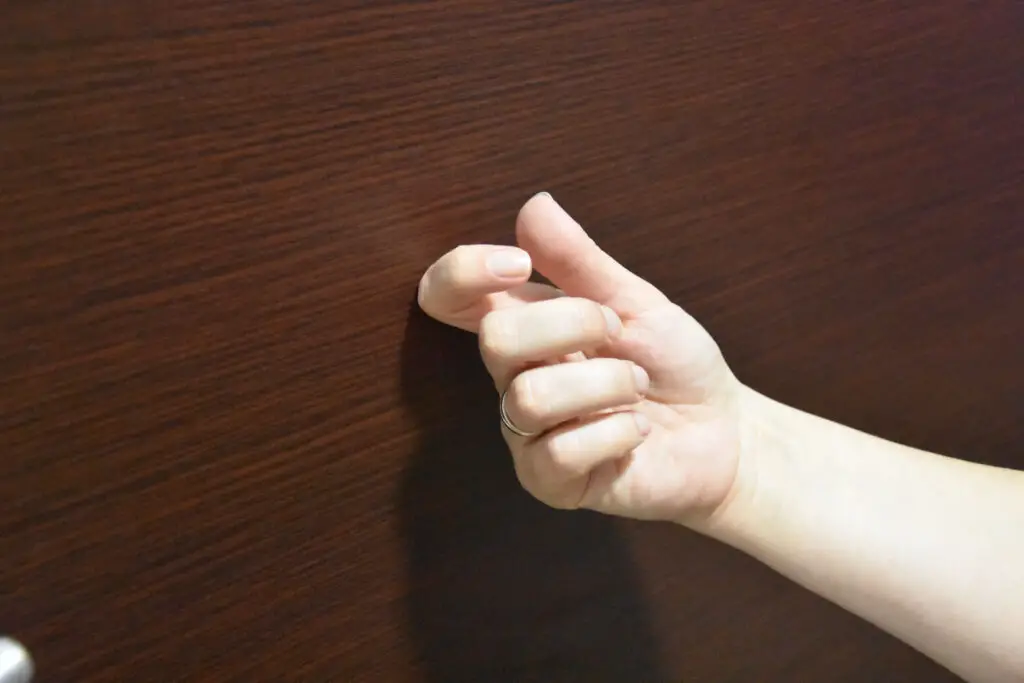
Today, we still say “knock on wood” for luck, but some families once did it specifically to keep sickness away. Parents taught children to tap furniture or doors after mentioning health, as if sealing the promise. It was thought that spirits lurking nearby would be fooled into passing them by.
The sound of the knock was a reminder of something solid and protective. Even though the ritual was simple, it gave families a sense of safety. The gesture has lasted through centuries, showing how comforting it was to feel like you had some control.
14. Covering Mirrors During Illness
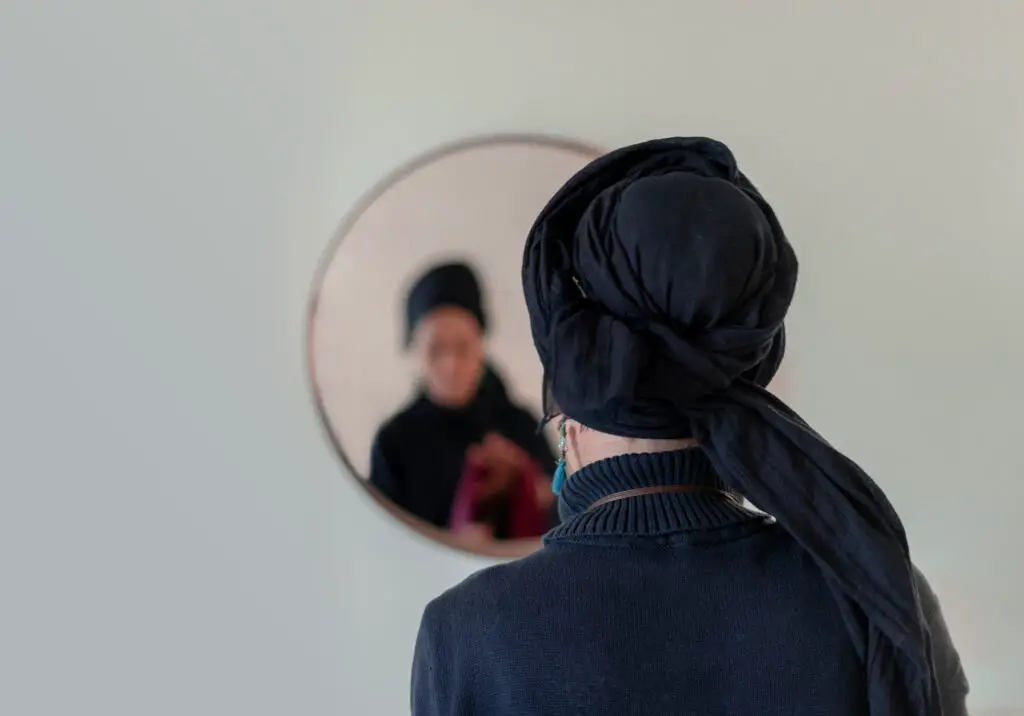
In some homes, when someone got sick, families covered mirrors with cloths to prevent the illness from spreading. They believed that sickness could cling to reflections, doubling its power if it lingered in the glass. Draping the mirrors cut off that pathway and trapped the sickness in the body, where it could be fought.
It created a strange, hushed atmosphere in the home, almost like mourning. Families felt it was necessary, even if unsettling. The covered mirrors symbolized their efforts to block out unseen forces. It may not have cured anyone, but it gave people a sense of control when illness loomed.
